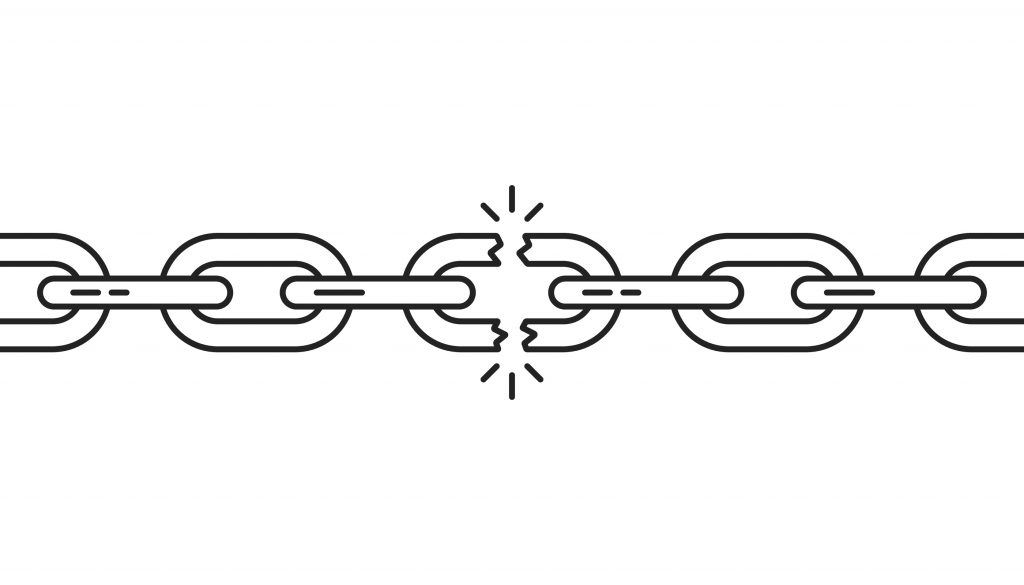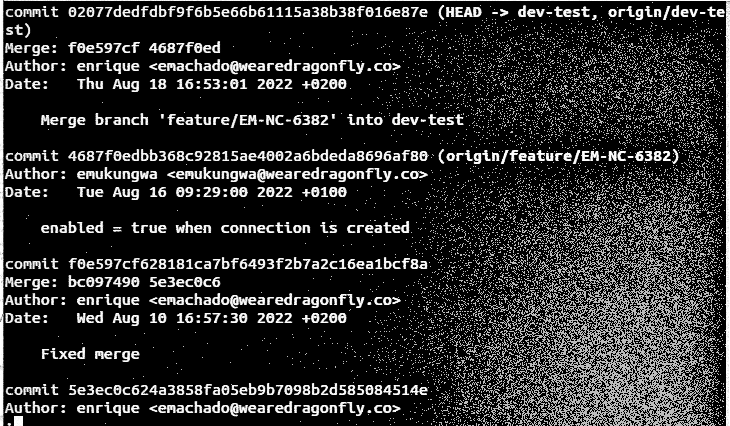The expansion of fintech investment in 2021 has been nothing short of staggering. City A.M. has reported that over £20bn has been spent so far this year (2021) by venture capital firms. With unprecedented levels of technology investment, it stands to reason there are sky-high expectations from investors and CXOs that technology will be the bedrock for growth and deliver the outcomes and value expected. But technology itself is nothing if it doesn’t make life easier. Discover how intelligent CXOs use report automation to unlock some free time.
No such thing as free money
With big smiles on the faces of CTOs who have closed their latest round of funding; the realities of what is expected can quickly darken the mood. Increased scrutiny on spend, outcomes and flow of value will come swiftly into the gun sights of investors. Technology leadership teams can quickly find themselves overwhelmed by management meetings that consume diaries, new reporting obligations as well as long and unnecessary email chains that clutter inboxes. And this is before the day job is started of building a product and expanding and running a team – at scale.
PowerPoint: the sticky plaster trap
Pressure from investors can quickly escalate if technology leadership teams do not stay focused and on top of ensuring the flow of accurate, up-to-date and consumable information. This often takes the form of an ever-growing Excel spreadsheet or exports from various tools like jira into PowerPoint decks that need multiple people to maintain and review.
Ultimately the data is outdated by the time it reaches the stakeholder. Furthermore, different stakeholders and investors need different information presented in specific ways. Before you know it, many hours (and days) have been spent on the production of reporting packs at the expense of actual delivery!
In short, hard-pushed leadership teams are using manual processes, 30-year-old technologies and many “emotional units” just to keep up with simple questions like ‘why are we late?’ So why, therefore, do we do it to ourselves – in an age in which we can automate testing, code deployment and infrastructure? Let’s apply the same best-practice and modern way of working to everything – including reporting. See our post on jira reporting for more on this.
The beginning of the end
So after working 60-hour weeks for months; balancing home and work life, successfully navigating vendors who are underperforming, tests failing and missed business outcomes; reports still need to be written and steerco packs reviewed. Sound familiar? As technologists, by nature we are fact-driven whether we are looking at backlogs or test reporting. Navigating the political landmines of investors and stakeholders means telling the right story. Get this wrong and the fall-out could mark the beginning of the end.
More charts do not mean increased success, and too few charts can lead to probing questions. The reporting functionality of commonly used engineering tools often disguises the “so what” of the data – and with many in the workplace suffering from “dashboard fatigue”, key messages are easily lost. A happy medium of data and story- telling is therefore needed that does not consume your entire day and burn ever more emotional units. The machine learning algorithms behind the report automation produced by software like neuro, could easily be trained to produce dashboards with just the amount of data you need.
Standing up to scrutiny
So what should you do as the pressure intensifies? The first thing to remember is Investors and CXOs are often not technologists; they are hugely experienced but and end of the day they have different asks, drivers and pressures. This means you need to:
- Establish a common understanding – what is important to them and how can you report on it?
- Be clear and upfront on what you measure and how this maps to business goals, priorities and values
- Invest in report automation! Platforms like neuro are a one-stop shop enabling you to seamlessly deliver automated reports, centralise data from your tool chain and provide machine-learning-based insights that improve the flow of value.
Do these three simple things and that big smile should stay firmly fixed until the next big funding round.



